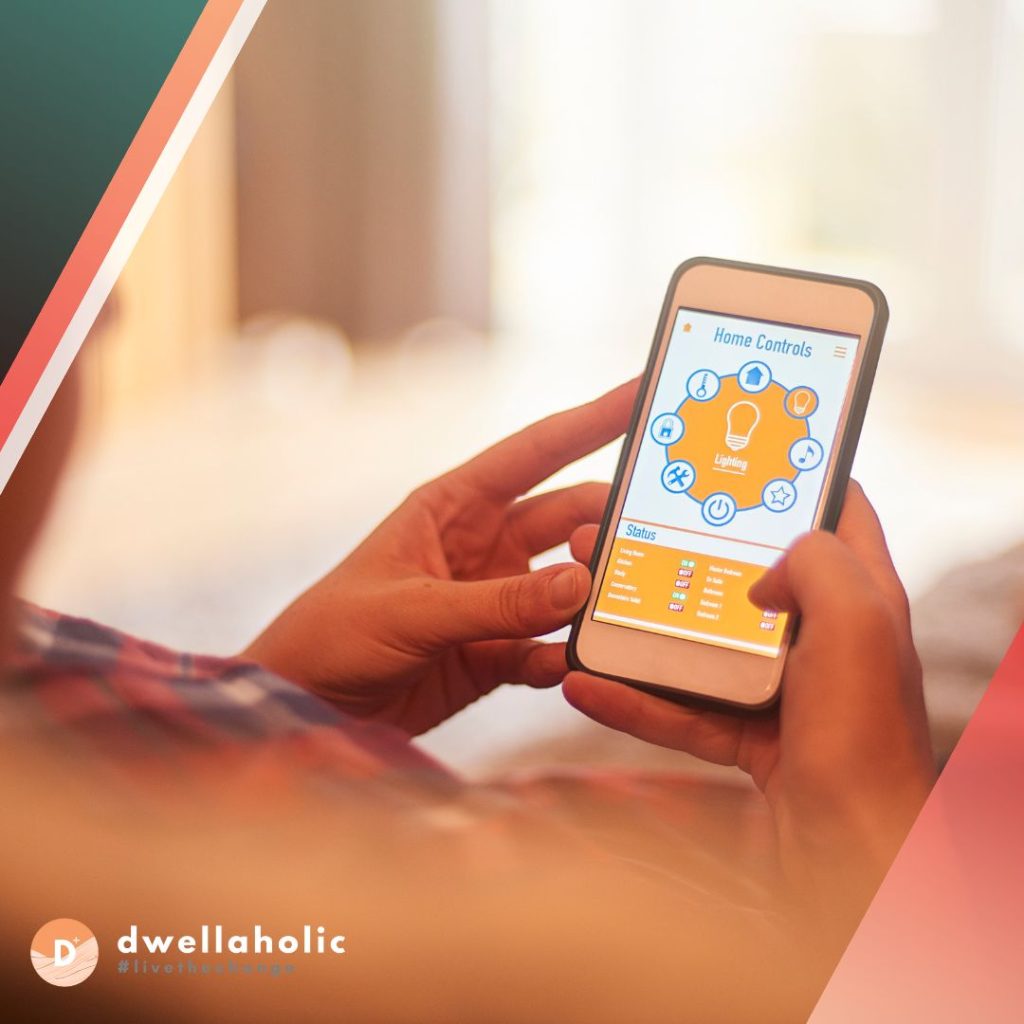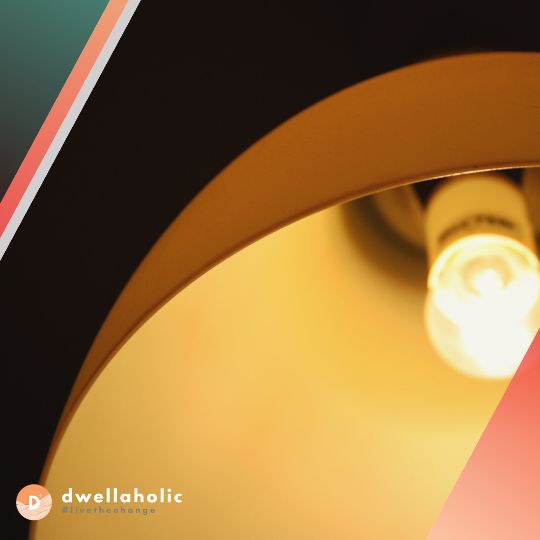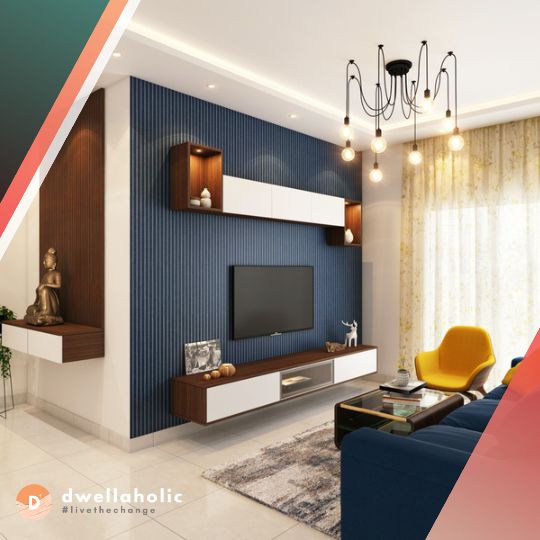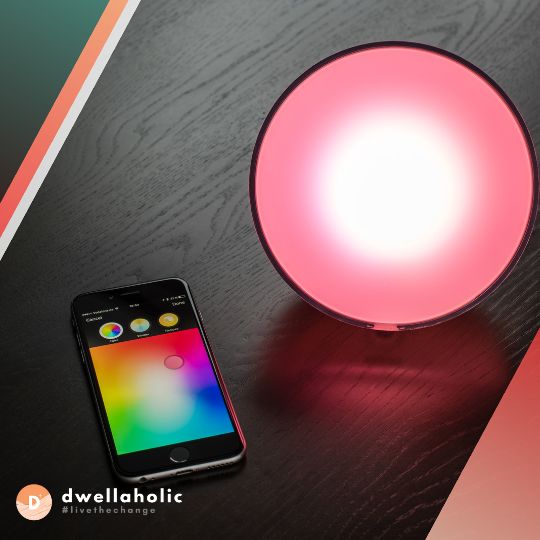Table of Contents
- 1 Introduction
- 2 Understanding Lighting Basics
- 3 Assessing Your Lighting Needs
- 4 Choosing the Right Type of Lighting
- 5 Maximizing Energy Efficiency
- 6 Installation and Maintenance
- 7 Conclusion
- 8 FAQs
- 8.1 Q: What are the best types of lighting for small spaces?
- 8.2 Q: How do I choose the right color temperature for my home?
- 8.3 Q: What are some common mistakes to avoid when choosing lighting fixtures?
- 8.4 Q: How often should I replace my lighting bulbs?
- 8.5 Q: How can I make my lighting more energy-efficient without sacrificing style?
- 9 How Dwellaholic Can Help You Create Your Dream Space with Our ID Expertise
- 10 Contact Dwellaholic
Introduction
Welcome to the world of interior design! Choosing the perfect lighting for your Singapore home can be a daunting task, with so many options available in the market. Lighting not only plays a functional role in illuminating your space, but it also adds an aesthetic appeal to your interior design. In this article, we will guide you on how to choose the perfect lighting for your Singapore home, taking into consideration your personal style and the different types of lighting available. Whether you want to create a cozy ambiance or a bright and airy atmosphere, we’ve got you covered!
Understanding Lighting Basics
If you’re looking to improve the lighting in your home or workspace, it’s important to have a basic understanding of the different types of lighting and their purposes. Here are the key things you need to know:
Types of Lighting and Their Purposes

There are three main types of lighting: ambient, task, and accent.
- Ambient lighting provides overall illumination to a room and can be achieved through ceiling fixtures, chandeliers, or wall-mounted sconces.
- Task lighting is focused lighting that illuminates a specific area or task, such as reading or cooking. Table lamps, under-cabinet lights, and pendant lights are all examples of task lighting.
- Accent lighting is used to highlight specific features or objects in a room, such as artwork or architectural details. Track lighting or uplights are often used for accent lighting.
Color Temperature and Its Impact on Mood and Atmosphere
Color temperature refers to the warmth or coolness of a light source and is measured in Kelvin (K).
- Warm light (2700K-3000K) has a yellowish tone and is often used in living areas or bedrooms for a cozy and relaxing atmosphere.
- Cool light (4000K-5000K) has a bluish tone and is often used in workspaces or kitchens for a more energizing and focused atmosphere.
- Daylight (5000K-6500K) has a neutral tone and is often used in spaces that require accurate color representation, such as art studios or photography studios.
Lighting Measurements and Terminology
Understanding lighting measurements and terminology can be helpful when shopping for light bulbs or fixtures.
- Lumens refer to the amount of light emitted by a bulb and is a measure of brightness. The higher the lumens, the brighter the light.
- Watts refer to the amount of energy a bulb uses. It is important to note that higher wattage does not always mean brighter light, as energy-efficient LED bulbs can have a lower wattage but still produce the same amount of light as a higher wattage incandescent bulb.
- Lux measures the amount of light that falls on a surface and is often used to determine the appropriate lighting for a specific task or activity.
Assessing Your Lighting Needs

Assessing your lighting needs is an important step in creating a well-lit and functional home. To begin, you need to identify the activities and spaces in your home that require lighting. For example, a kitchen would require brighter, task-oriented lighting for cooking and food preparation, while a living room would benefit from softer ambient lighting for relaxation and socializing. It’s also essential to consider natural lighting and how it affects your lighting needs. Rooms with plenty of natural light may not require as much artificial lighting, while darker areas will need additional lighting sources. Evaluating existing lighting fixtures is also crucial in determining areas that need improvement. Take note of any outdated or broken fixtures and consider the overall style of your lighting fixtures to ensure they complement your home’s decor. By assessing your lighting needs, you can create a plan to effectively light your home and enhance its overall aesthetic appeal.
Choosing the Right Type of Lighting

Choosing the right type of lighting can greatly enhance the look and feel of your home. With so many options available, it can be overwhelming to determine which type of lighting to choose for each space. When selecting lighting, consider the purpose of the room, the mood you want to create, and the activities that will take place in that space. In the living room, for example, you may want to use a combination of ambient and accent lighting to create a cozy and inviting atmosphere. Bedrooms can benefit from warm, soft lighting to promote relaxation and sleep. In the kitchen, task lighting is essential for preparing meals and cooking, while in the bathroom, bright and clear lighting is necessary for grooming and applying makeup. When choosing fixtures, consider the style of your home and the existing decor, and be sure to select bulbs that are the appropriate color temperature for each space. Don’t forget to layer your lighting by using a combination of overhead, table, and floor lamps to create depth and visual interest. By selecting the right type of lighting for each space, you can create a comfortable and welcoming environment in your home.
Maximizing Energy Efficiency
When it comes to lighting your home, it’s important to consider not only the aesthetics but also the energy efficiency of your choices. Not only can energy-efficient lighting options help to reduce your carbon footprint, but they can also save you money on your energy bills. Here are some tips for maximizing energy efficiency in your home lighting:
Choosing Energy-Efficient Lighting Options
- LED bulbs are the most energy-efficient choice for lighting your home. They use up to 80% less energy than traditional incandescent bulbs and can last up to 25 times longer.
- Currently, Mandatory Energy Labelling Scheme (MELS) by the National Environment Agency (NEA) covers incandescent bulbs, compact fluorescent lamps with integrated ballasts (CFLi) and their direct LED replacements. These regulated lamps make up 65 per cent of total lamp sales in Singapore. Linear fluorescent lamps (LFL) and compact fluorescent lamps without integrated ballasts (CFLni) make up half and one-third respectively of lamps that are currently not subject to regulation.
- Consider using dimmer switches to reduce the amount of energy used for lighting when it’s not needed at full brightness.

The Benefits of Energy-Efficient Lighting

- Reduced energy consumption means lower energy bills and less strain on the power grid.
- Longer-lasting bulbs means less frequent replacement and less waste.
- LED bulbs also emit less heat than traditional incandescent bulbs, reducing the amount of energy needed for cooling.
Properly Disposing of Old Lighting Fixtures and Bulbs
- Many cities offer recycling programs for old light bulbs and fixtures. Check with your local government to see what options are available in your area.
- If recycling is not an option, be sure to dispose of old bulbs and fixtures in the trash carefully to avoid breaking and releasing harmful chemicals.
By choosing energy-efficient lighting options, you can help reduce your environmental impact and save money on your energy bills. Remember to properly dispose of old bulbs and fixtures to ensure that they don’t harm the environment.
Installation and Maintenance
Installing Lighting Fixtures Safely and Efficiently
Installing lighting fixtures can be a great DIY project, but it’s important to ensure that you do it safely and efficiently. Here are some tips to help you with the installation process:
- Turn off the power: Before you begin any electrical work, make sure to turn off the power at the circuit breaker. This will help prevent any accidents or injuries.
- Choose the right fixture: Make sure to choose a fixture that is appropriate for the space and meets any safety requirements.
- Follow the instructions: Carefully read and follow the manufacturer’s instructions for installation. This will help ensure that the fixture is installed correctly and safely.
- Use the right tools: Make sure to use the right tools for the job. This will make the installation process smoother and safer.
Maintaining and Cleaning Your Lighting Fixtures
Proper maintenance and cleaning can help extend the lifespan of your lighting fixtures and keep them looking their best. Here are some tips to help you maintain and clean your lighting fixtures:
- Regular cleaning: Dust and clean your lighting fixtures regularly to keep them looking their best.
- Replace bulbs: Make sure to replace bulbs as needed to ensure that your fixtures are working properly and efficiently.
- Check for damage: Regularly check your fixtures for any signs of damage or wear and tear. This will help you identify any potential problems early on and prevent accidents or injuries.
Seeking Professional Help

While many lighting installations and maintenance tasks can be done on your own, there are some situations where it may be best to seek professional help. Here are some examples:
- Complex installations: If you are unsure about how to install a particular fixture or the installation is particularly complex, it may be best to hire a professional electrician.
- Wiring issues: If you encounter any wiring issues or electrical problems during the installation process, it’s important to seek professional help to avoid any accidents or injuries.
- Repairs: If your fixtures are damaged or need repairs, it’s best to hire a professional to ensure that the job is done correctly and safely.
Conclusion
In conclusion, choosing the perfect lighting for your Singapore home requires careful consideration of various factors such as the purpose of the space, the amount of natural light available, and the color temperature of the lighting. By assessing your lighting needs, choosing the right type of lighting, and maximizing energy efficiency, you can create a comfortable and functional living space that suits your lifestyle. Remember to also take into account installation and maintenance, as well as the impact of lighting on your mood and atmosphere. With these tips in mind, you’ll be able to choose the perfect lighting for your Singapore home and enjoy a well-lit, inviting space for years to come.
FAQs

Q: What are the best types of lighting for small spaces?
A: The best types of lighting for small spaces are those that are both functional and decorative. Consider using a mix of different lighting fixtures such as table lamps, floor lamps, wall sconces, and pendant lights to add layers of light to your space.
Q: How do I choose the right color temperature for my home?
A: Choosing the right color temperature for your home depends on the room’s purpose and your personal preference. For example, cool white light is great for areas where you need to do close work like the kitchen, while warm white light is better suited for the bedroom or living room.
Q: What are some common mistakes to avoid when choosing lighting fixtures?
A: Some common mistakes to avoid when choosing lighting fixtures include choosing fixtures that are too small or too big for the space, not considering the height of the ceiling, and not selecting fixtures that complement the overall style of the room.
Q: How often should I replace my lighting bulbs?
A: The lifespan of lighting bulbs varies depending on the type of bulb and how frequently it’s used. As a general rule, incandescent bulbs should be replaced every 1-2 years, while LED bulbs can last up to 25 years.
Q: How can I make my lighting more energy-efficient without sacrificing style?
A: One way to make your lighting more energy-efficient is by using LED bulbs, which use less energy and last longer than traditional bulbs. You can also opt for lighting fixtures with dimmer switches, which allow you to adjust the light intensity and save energy.
How Dwellaholic Can Help You Create Your Dream Space with Our ID Expertise

Residential Design Expertise Dwellaholic specializes in creating stunning and functional residential designs that cater to your specific needs and preferences. They’re committed to transforming your space into a comfortable and stylish haven, making it the perfect spot for relaxation and enjoyment.
Commercial Design Skills Aside from residential projects, Dwellaholic also excels in commercial design. Their team of experts understands the unique requirements and challenges of designing for businesses, and they’re dedicated to crafting spaces that are both visually appealing and highly efficient.
Tailored Solutions Dwellaholic takes the time to truly understand your design needs, ensuring that every solution is tailored to your specific requirements. They believe in creating unique spaces that reflect your personal style, while also being functional and practical.
Top-notch Professionals The Dwellaholic team consists of experienced and talented professionals who are dedicated to their craft. They work tirelessly to create exceptional designs, ensuring that your space is both beautiful and functional.
Great Customer Service Dwellaholic prides itself on providing exceptional customer service, making sure that every client feels heard and valued. They’re always available to answer questions, provide guidance, and address any concerns you might have throughout the design process.
Choose Dwellaholic for an Unforgettable Design Experience
In conclusion, choosing Dwellaholic for your residential or commercial design needs means investing in top-quality, personalized, and innovative design solutions. Their dedication to client satisfaction, paired with their exceptional team of professionals, makes them the ideal choice for creating the space of your dreams. Don’t wait any longer—get in touch with Dwellaholic today and embark on an unforgettable design journey.
Get started on your next design project with Dwellaholic and let us bring your vision to life!
Contact Dwellaholic
- Name: Angela / Dwellaholic
- Mobile: +65 9048 8048
- Email: [email protected]


